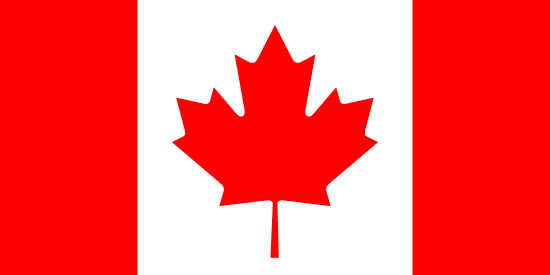"Heart of the New West | Heart of the New West"
About:
Founded in 1875 as Fort Brisebois by the North-West Mounted Police, Calgary, Alberta, Canada, evolved from a frontier town to a major cosmopolitan city. The discovery of oil in 1914 accelerated its growth. Calgary hosted the 1988 Winter Olympics, boosting its international profile. Today, it's a major economic hub, known for its high quality of life, with a diverse economy spanning sectors like energy, finance, film and TV, technology, manufacturing, aerospace, health and wellness, and tourism.
When to visit:
Calgary, a vibrant city in Alberta, Canada, offers a range of experiences throughout the year. For holiday travelers seeking to explore the city's outdoor attractions and festivals, the summer months of June to August provide ideal weather conditions with warm temperatures and longer daylight hours. During this time, visitors can enjoy events such as the Calgary Stampede, a renowned annual rodeo and festival that showcases Western culture. Additionally, the autumn months of September to October offer cooler temperatures and stunning fall foliage, creating a picturesque backdrop for sightseeing and outdoor activities. Ultimately, the best time to visit Calgary on a holiday depends on personal preferences, with each season offering unique opportunities to discover the city's charm and attractions.
When to avoid:
Calgary, a vibrant city in Alberta, Canada, experiences particularly harsh weather conditions in the winter months, making it the least ideal time to travel there during the holiday season. From November to March, temperatures in Calgary can drop significantly, with heavy snowfall and icy conditions prevalent throughout the city. Travel disruptions due to blizzards and road closures are common during this period, potentially causing delays and inconvenience to holiday travelers. It is recommended to plan your trip to Calgary during the milder seasons of spring, summer, or early fall to avoid weather-related complications and fully enjoy the city's attractions and outdoor activities.
Winter (Nov–Mar)
In Calgary, winter (November to March) is the coldest season with temperatures ranging from -3°C to -15°C. Snowfall is common, with an average of 50-60 cm falling each month. Days are short with just 8 hours of daylight in December. The sun often peeks through the clouds, but the sky is generally overcast. An average day for a visitor might involve bundling up in warm clothing to explore the city's indoor attractions or enjoy winter sports like skiing and snowboarding.
"Summer (June–August)"
The warmest part of the year in Calgary, Canada, is from June to August, with July being the hottest month. During this period, the average high temperatures hover around 22°C (72°F), while the lows can dip to 9°C (48°F). Rainfall is moderate during these months, with July being the wettest month, receiving about 65mm of rain.
Calgary is known for its sunny weather, even in summer. The city enjoys more hours of sunshine than any other major Canadian city. During the summer, Calgary can have up to 17 hours of daylight.
Humidity is usually low in Calgary, making the heat quite bearable. The relative humidity in the summer months ranges from 45% to 50%, which contributes to the pleasant, dry warmth.
As for cloudiness, Calgary's summer skies are typically clear or only partly cloudy. However, the city is known for its rapidly changing weather, so it's not uncommon to experience a sudden afternoon thunderstorm.
For a visitor, a typical summer day in Calgary feels warm and sunny, perfect for outdoor activities. The mornings and evenings can be cooler, so it's wise to carry a light sweater or jacket. The low humidity makes the heat comfortable, and the long hours of daylight provide ample opportunity to explore the city and its surroundings.
Language:
English is the predominant language spoken in Calgary, Alberta, Canada. However, due to its diverse population, a variety of other languages are also spoken. These include Punjabi, Tagalog (Filipino), Spanish, Italian, German, Cantonese, and French. Additionally, there are also speakers of various Indigenous languages.




